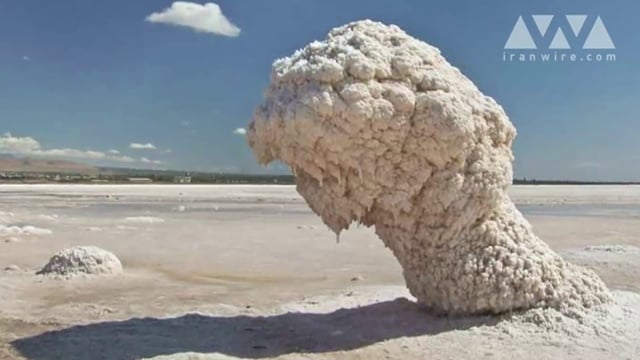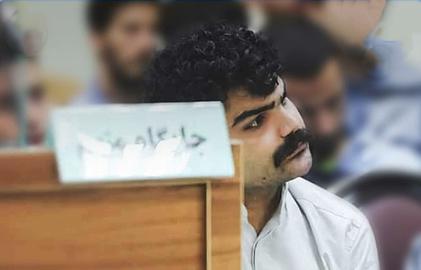When advocates talk about human rights in Iran, the focus is usually the same: jailed journalists, extrajudicial executions, violation of women’s rights, religious persecution. The subject of the environment is discussed less often, and yet there are profound human rights implications to Iran’s environmental crisis. Central to this is the deterioration of the once-magnificent Lake Urmia in northwestern Iran.
The UN’s Special Rapporteur on the human rights situation in Iran, Dr Ahmed Shaheed, included the “right to health and its underlying determination” in his recent report to the UN General Assembly. Water and air pollution, poverty and increased numbers of cancers and other illnesses are the rapporteur’s main concerns.
According to Iranian officials, 93 percent of Lake Urmia had dried up as of April 2014 and salinity levels have dramatically increased, a situation that not only signals disaster for the wildlife that once thrived there — it was once home to 22 species of mammal and hosted between 40,000 and 50,000 flamingos during their annual migration —but also means an increased number of cancer cases, respiratory diseases and severe poverty for the people who live there. Experts have warned that if measures are not taken to address the situation by October 2014, the southern part of the lake will disappear, potentially displacing up to five million people.
“Is Lake Urmia Dead?” a documentary by IranWire colleague Ala Mohseni, documents the destruction of Urmia, one of Iran’s most treasured wildlife habitats, looking back to the time that this vast saltwater lake was a sanctuary for birds, yellow deer and cheetahs, a well as and a popular spot for tourism, thereby providing jobs and a source of income for local residents. Chronicling the damage caused by dire mismanagement and neglect, the film describes Lake Urmia as a “slaughterhouse” and mourns the loss of this vital ecosystem.
According to the UN Resident Coordinator in the Islamic Republic of Iran, Dr Shaheed’s report says, “the number of sandstorms and dust storms has almost doubled from 120 to 220 days each year," turning the land into a vast area of desolation, which is vividly captured in Mohseni’s film.
The report also points to the destruction of the Hamoun wetlands in the Sistan and Baluchistan region, which has led to tuberculosis becoming more prominent and had a detrimental impact on agriculture in the region. It warns that severe water pollution threatens the wellbeing of residents, pointing out that, according to the World Health Organization, “the country possesses four of the 10 cities with the highest air pollution levels in the world, ranking it eighth in air pollution levels globally.”
“Is Lake Urmia Dead?” asks Mohseni’s film. But its footage — of dead birds, a disappearing landscape giving way to vast salt formations and clips of politicians making empty promises to find a solution —answers its own question. Dr. Shaheed’s report to the 69th General Assembly acknowledges that the Iranian government addresses environmental measures in its five-year development plan, which includes a clean air bill, but, like the other threats to and violations of human rights highlighted in the report, there is evidence that suggests the situation has worsened over the past year. It is up to Iran’s leaders to take the necessary steps to save Lake Urmia, but there is good reason to believe it is simply too late.
visit the accountability section
In this section of Iran Wire, you can contact the officials and launch your campaign for various problems


























comments